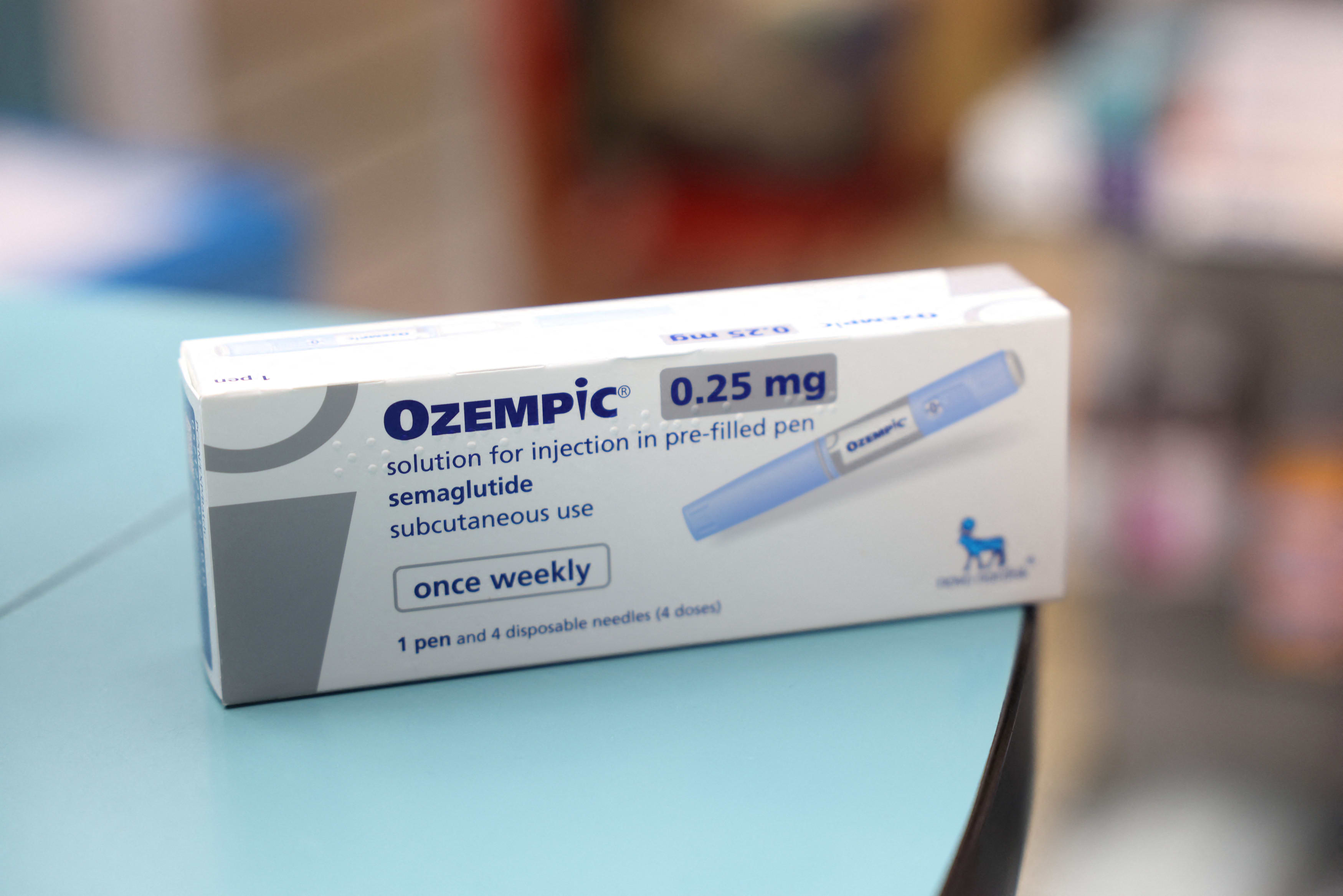The US National Hurricane Center has identified a potential developing storm, named 'Nadine,' emerging hot on the heels of the deadly impending Category 5 Hurricane Milton.
The current 'non-tropical area of low pressure,' NHC officials noted, is currently 'producing gale-force winds' northeast of the Bahamas at 15 miles per hour.
Right now, this weather front has a 20 percent chance of building into a tropical storm and could develop into a stronger hurricane-force storm before Wednesday night — just as Milton barrels over Florida.
NHC officials described Hurricane Milton as already 'potentially catastrophic' for Florida's western coastal communities all by itself — a clear indication that yet another storm this soon would do unprecedented harm.

Fortunately, after Wednesday night, according to NHC hurricane specialist Andrew Hagen, the percentage chance that these gale-force winds will spiral into a still hypothetical Hurricane Nadine are likely to drop dramatically.
'Upper-level winds are likely to increase by Wednesday night, which should end any chances for further development,' the longtime NHC marine forecaster wrote in his advisory Tuesday.
According to the National Oceanic and Atmospheric Administration, hurricanes typically develop from tropical waves that combine with warm ocean waters.
Thunderstorms and other atmospheric turbulence can help prod a stormfront into gathering hurricane-force power, as warmer ocean air rises into these storm clouds, creating a low pressure area underneath it.
A hurricane's maximum sustained wind speed, defined as the highest one-minute average wind speed at a particular point in time, sets the cut-off between these powerful storms and lesser tropical cyclones.
Hurricanes are defined as anything 74 mph or higher.
A tropical cyclone is defined by maximum sustained winds between 39 and 73 mph.
NHC described Hurricane Milton as 'potentially catastrophic' for Florida's western coastal communities — with trackers forecasting that Milton will plow northeast before turning sharply east into Tampa.
Tampa Bay and surrounding communities are bracing for storm surges as high as 15 feet leading to flooding inland as residents attempt to flee amid traffic congestion.

All across the Florida counties caught in Milton's northeast path, rainfall is expected to reach five-to-10 inches with some regions likely to face as much as 15 inches.
These heavy rains are expected to bring flash flooding, slow and more persistent 'areal' flooding, overwhelmed storm drain systems, and 'moderate to major river flooding,' according to the the World Meteorological Organization.
Milton astonished forecasters with its ability to evolve in less than three days from a tropical depression or cyclone — with no more than 38 mph wind speeds — into a potentially record-setting and deadly Category 5 hurricane.
The worst of the Hurricane Milton's impact is predicted to continue on into the early morning hours Thursday, with the eye of the storm plowing through central Florida before passing its eastern coastline sometime after 5am Eastern.
More than one million people have been told to evacuate Florida, marking the largest in seven years after around seven million people were advised to leave in 2017 as Hurricane Irma bore down on the state.
Florida residents seeking help are urged to call the State Assistance Information Line (SAIL) at 1-800-342-3557 and/or the FEMA Helpline at 1-800-621-3362.












